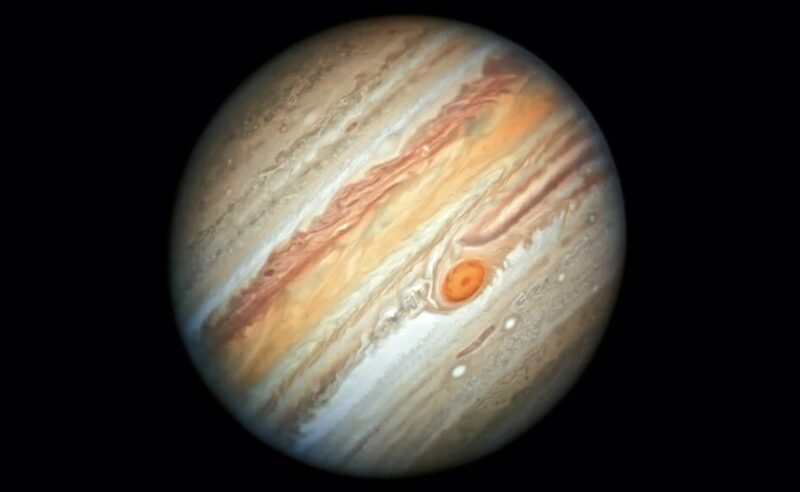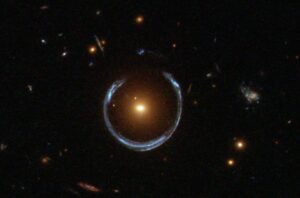The Great Red Spot appears on nearly all images of Jupiter. It’s Jupiter’s signature feature, like Saturn’s rings or Mars’s reddish tint. This huge swirling storm is even larger than Earth, but new evidence suggests that it may not be for much longer. This distinctive mark on our solar system’s largest planet is shrinking and is also younger than expected.
It is a mystery how and when the swirling red mass began. Italian astronomer Giovanni Domenico Cassini first described a dark spot on the planet in 1665. Although some believed this was the first sighting of the Great Red Spot, others argued that it formed later. They turned out to be correct. Cassini saw some other storm.
The confusion came because various descriptions of a spot on Jupiter have been similar. Cassini’s storm, which he optimistically named the “Permanent Spot,” appeared in the observations of several astronomers until 1713. Then it disappeared completely. One hundred and eighteen years later, a giant spot appeared again on Jupiter, at around the same latitude as the first one.
Some astronomers argued that the storms were the same. Others said they were different and just happened to appear in roughly the same location a century apart.
The current giant red vortex sits within Jupiter’s atmosphere, and the winds at the storm’s outer boundaries reach 450kph. It is the largest windstorm in the solar system. Scientists now believe this particular storm has been raging for 190 years, meaning it was not the same feature seen by Cassini.
The idea of a storm lasting almost two centuries is alien to us on Earth. But as Jupiter is made of gas, there is no solid surface to slow down the storm.

Photo: JPL-Caltech/NASA, SWRI, MSSS, Gerald Eichstadt, Sean Doran
To figure out the spot’s age, researchers compiled all of the data available on the spots, including as many drawings and images of them as they could find. From this, they created numerical models of the storms to estimate their lifespans.
“From the sizes and movements, we deduced that it is highly unlikely that the current Great Red Spot was the ‘Permanent Spot’ observed by Cassini,” said Agustin Sanchez-Lavega, lead author of the study. “The ‘Permanent Spot’ probably disappeared sometime between the mid-18th and 19th centuries.”
One big clue that the storms are different is that the first spot was not red. No drawings or notes suggest such a color. Today, the Jovian spot is clearly red — the result of chemical reactions within the planet’s atmosphere.
The next stage was trying to figure out how the Great Red Spot formed. Storms move in different ways, creating different shapes. The team considered two possibilities. The first is that the cyclone began through the merging of smaller storms. The second is that unstable winds from opposite jet streams formed a storm cell. The current thinking suggests it came from this sort of storm cell.
How long will the Giant Red Spot last? Records from 1879 put the spot at 39,000 kilometers wide. Now it is less than half that size, measuring approximately 14,000 kilometers across. The researchers are trying to calculate the storm’s shrinking rate and whether it will soon disappear completely.






